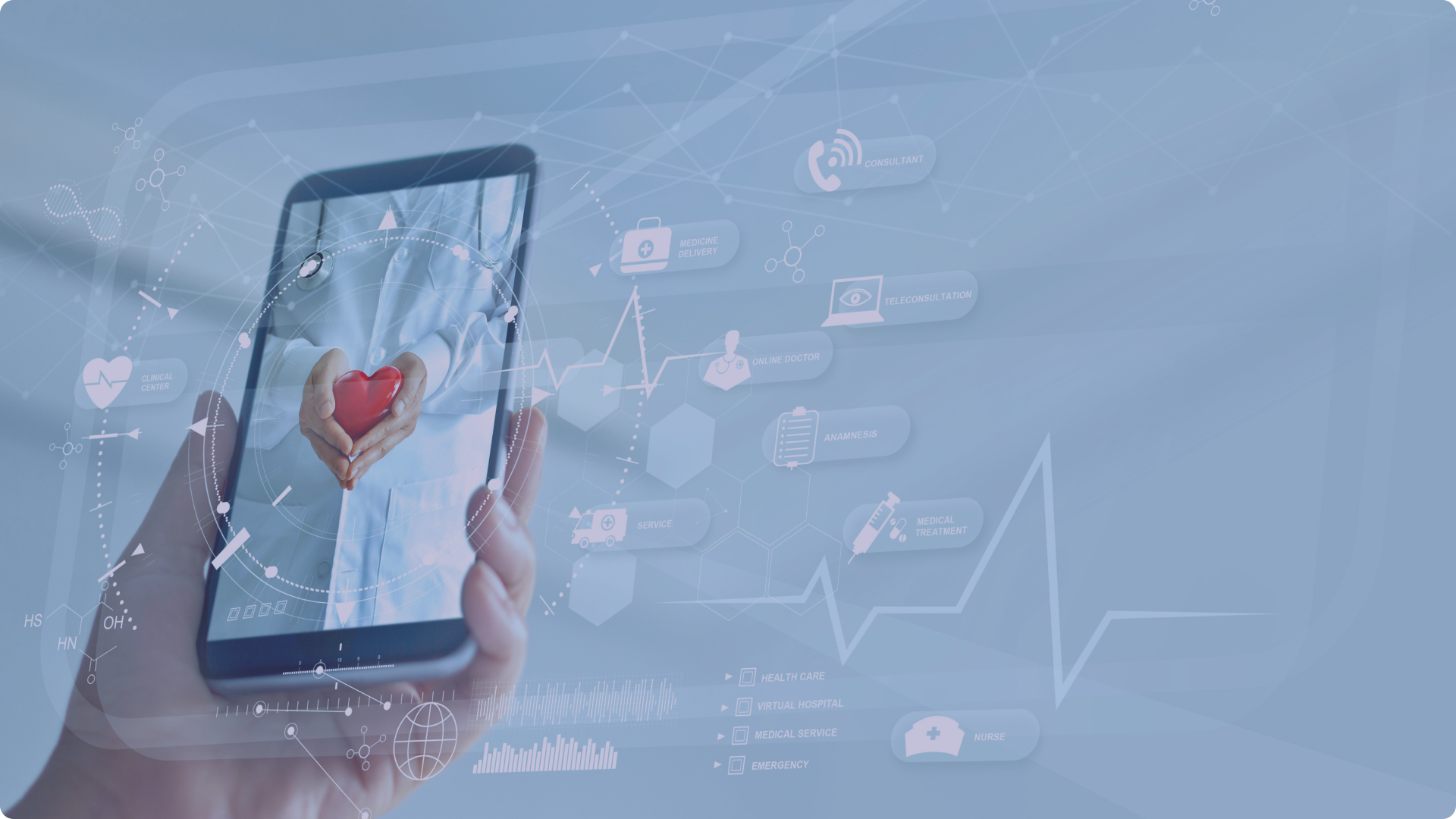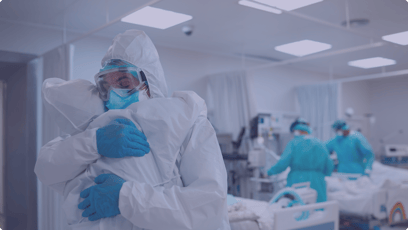According to recent reports, innovations in the health technology sector will continue to evolve, expand and offer promise for better healthcare, with doctors, clinicians, researchers, and governments across the world turning to healthcare tech to overcome the shortcomings of traditional healthcare models.
Here are some of the innovations that will continue to revolutionize the healthcare system:
The Internet of Medical Things
By combining Internet of Things development with telemedicine and telehealth technologies, the Internet of Medical Things (IoMT) offers more accurate diagnoses, the promise of fewer mistakes and lower healthcare costs.
Expected to grow to $254.2 billion by 2026, IoMT will see even more growth as AI is integrated into connected devices to offer real-time, remote measurement and analysis of patient data. Paired with smart devices, the IoMT technology allows doctors to receive patient information such as skin temperature, glucose level and blood pressure readings remotely in order to better survey diseases and track and prevent chronic illnesses.
Beyond remote monitoring and improving the patient experience, IoMT is expected to save the healthcare industry $300 billion annually, through remote patient monitoring and improved medication adherence.
AI in Healthcare
AI in healthcare refers to the use of complex algorithms designed to perform certain tasks in an automated fashion. When researchers, doctors and scientists input data into computers, algorithms review, and then interpret the data, and in some cases even suggest solutions to medical problems.
The applications of AI in healthcare are endless, with AI programs developed and applied for healthcare diagnosis, treatment protocols, drug development, targeted medicine, patient monitoring, and AI-assisted robotic surgery.
Telemedicine
Research suggests that many patients who need treatment for illnesses such as cancer, heart attacks and strokes are currently avoiding hospitals and doctors’ offices, out of fear of catching the coronavirus.
As a result, doctors and healthcare systems have been forced to innovate and restructure how they deliver medical care using technological tools such as live video conferencing, the transmission of recorded health history through an electronic communications system, remote patient monitoring, and mobile healthcare using healthcare apps.
In the U.S., telemedicine visits increased by 50% in the first month of the pandemic, with virtual visits expected to top 200 million in 2020. In Canada, telemedicine services are widely available across most of the nation.
AR and VR in Healthcare
The virtual and augmented reality solutions we are used to seeing in the gaming sector are proving to be game-changing in healthcare. By rendering 3D information from real-world data, AR permits doctors to stay within an actual procedure while also having access to data available through other technologies. Doctors can then compare data to what they’re seeing in the real world in order to make further diagnoses and medical plans.
The global healthcare market for VR and AR is expected to grow to an estimated $5.1 billion by 2025.
Data Science
Healthcare big data refers to collecting, analyzing, and leveraging patient, and clinical data that is too large to be analyzed by traditional means of data processing. Instead, big data is processed by machine learning algorithms and data scientists.
Improvements in data science have made it possible for physicians to access deeper insights about their patients. A doctor can, for example, feed information taken via a patient’s family history into AI-based systems to diagnose potential medical problems faster. Rich data can also allow doctors to identify and address problems that affect regions, families, and other population clusters.
Data collection in healthcare also allows for a holistic views of patients, personalized treatments, and improved communication between doctors and patients, leading to enhanced health outcomes.
Cloud Computing
Cloud computing in healthcare can increase the efficiency of the healthcare industry, while decreasing costs by making medical record-sharing easier and safer, and automating backend operations. Cloud computing also facilitates the creation and maintenance of telehealth apps.
Cloud computing in healthcare is growing so rapidly that some estimate its value will be $45 billion by 2023, with the expectation that patients and healthcare providers both gain better access to records through cloud-based solutions.
The Silver Lining
There is no question that the pandemic will have a profound impact on the world, in some cases completely transforming how we live and work. Despite the terrible human tragedy that it will leave behind, the pandemic will also continue to bring tremendous innovation in the healthcare technology sector, with growth and evolution in healthcare solutions that will allow for a far better patient journey long after the pandemic has come to an end.
Learn how BookJane helps health care facilities improve shift fulfillment by 40%, dramatically decrease their time to fill shifts, and significantly reduce burdensome scheduling and administration time.





